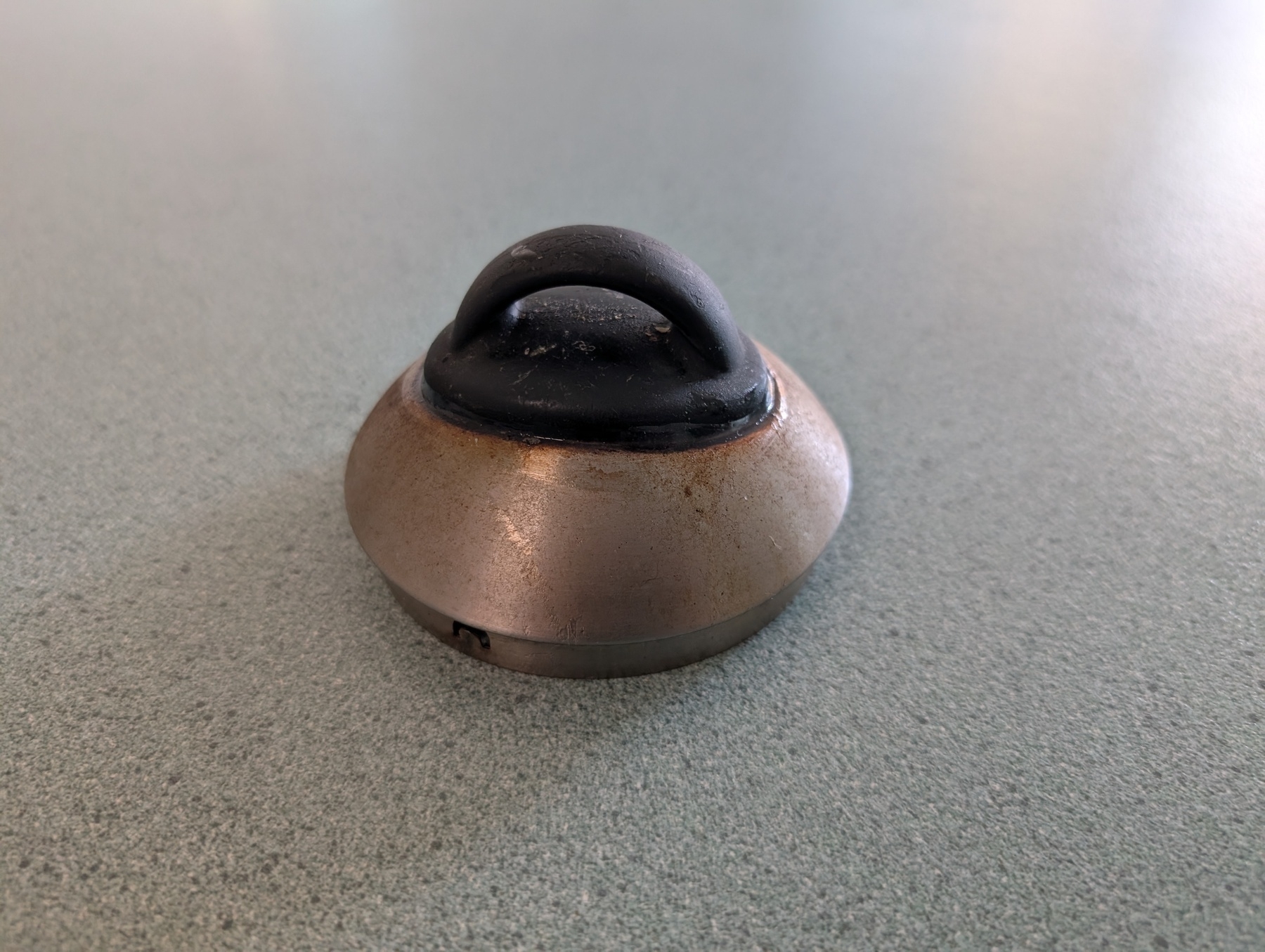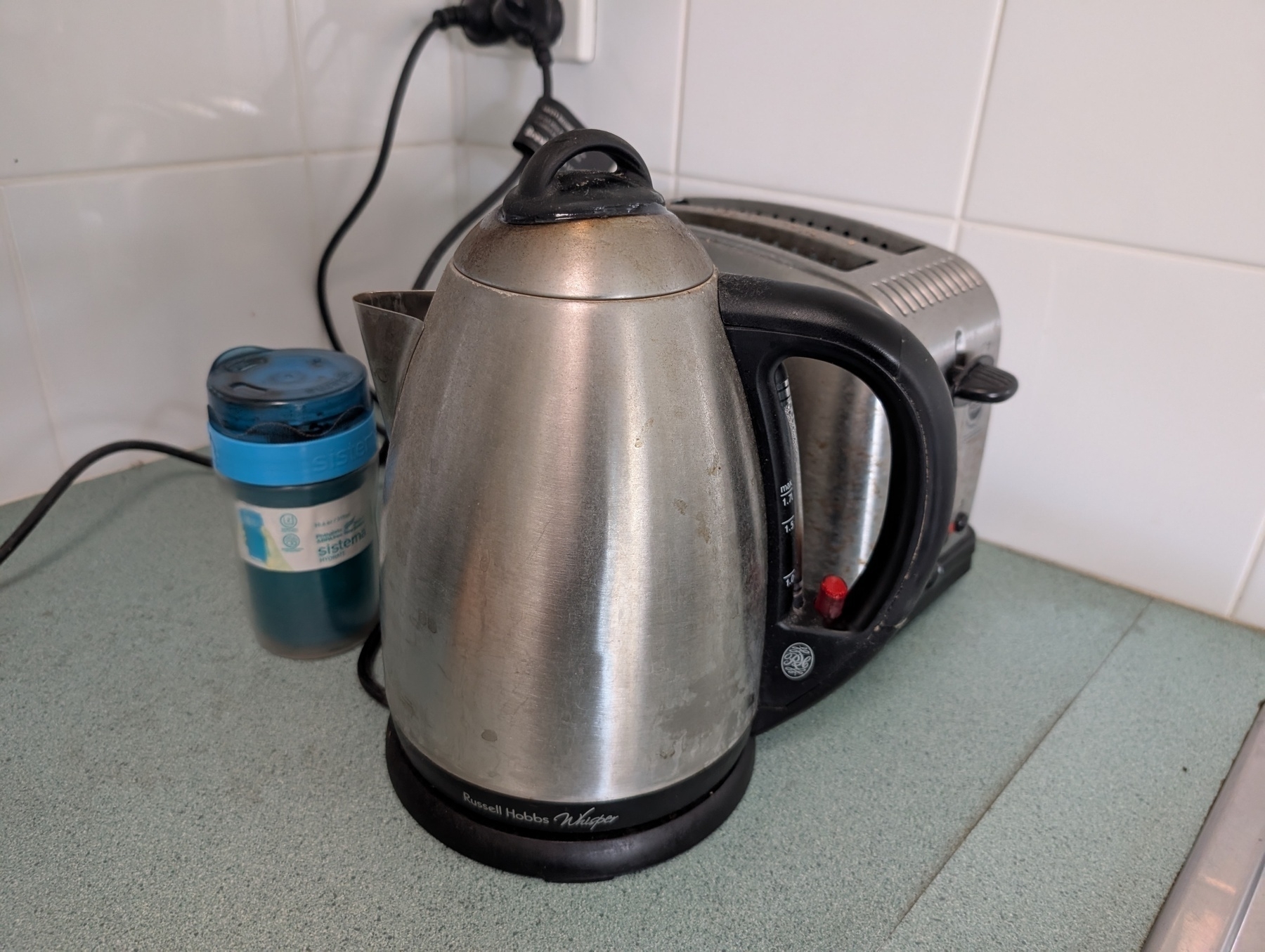🔗 Simon Willison: Identify, solve, verify
No matter how good these [coding LLMs] get, they will still need someone to find problems for them to solve, define those problems and confirm that they are solved. […] It’s also about 80% of what I do as a software developer already.
Hey, I’m a software developer too. And I acknowledge that my job is more than just typing things into an IDE. In fact, it’s probably closer to what Simon Willison does, where I’m identifying problems, and writing Jira tickets for others to fix rather than do it myself. And it might be that with the introduction of coding LLMs, software development will simply be more of this going forward. It certainly the direction things look to be going.
But I would be lying if I said I wouldn’t be disappointed to see all these coding tasks go away, and all my job description reduced to finding problems and verifying fixes. Like some sort of… manager 😖. I got into software development because I like to code. And part of this is finding problems, but I only get the dopamine hit after fixing them. I get nothing if I simply tell someone (or something) else to fix it.
And okay, we’re talking about a job here. And I’ve reached the age where I recognise one doesn’t always achieve a fulfilling life from their careers alone. So might be that this is something that I just need to recognise that sometimes jobs suck and identifying problems is all I’ll ever do in the near future.
But I would tell employers thinking of outsourcing all coding tasks to LLMs to consider this: if I’m faced with two employment opportunities, and one has 0% coding tasks, and the other has >0% coding tasks, I’d take the latter any day of the week.
Lightbulb moments.
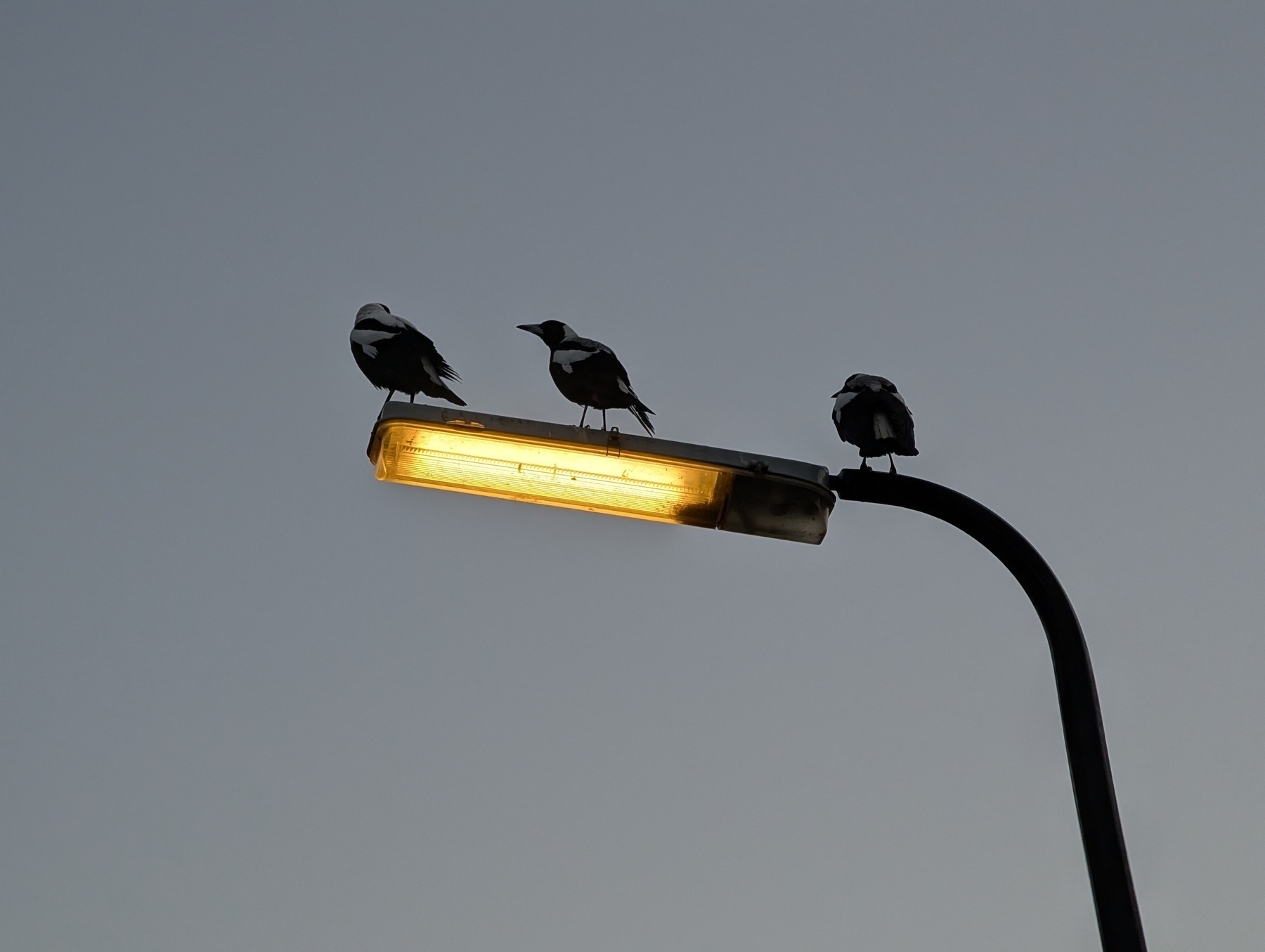
It may seem like that spending all evening watching TGV cab rides on YouTube would not yield any lessons1, and usually you would be correct. But after watching a cab-ride yesterday, I did learn a few things about overhead electrical systems that I found quite interesting.

I also learnt about mid-point anchors. I’ve seen these around our system with relatively newer infrastructure, I was curious as to why they needed to exist, and why they aren’t present in the older sections. Turns out they’re required when both the catenary and overhead lines are attached with tensioning equipment. These are usually weights, and since neither wire are attached to anything fix, they can moving freely along the track. Hence the need for these anchors to prevent that from happening. I also realised that in the older infrastructure, the catenary are connected to the gantries, which remove the need for such things.
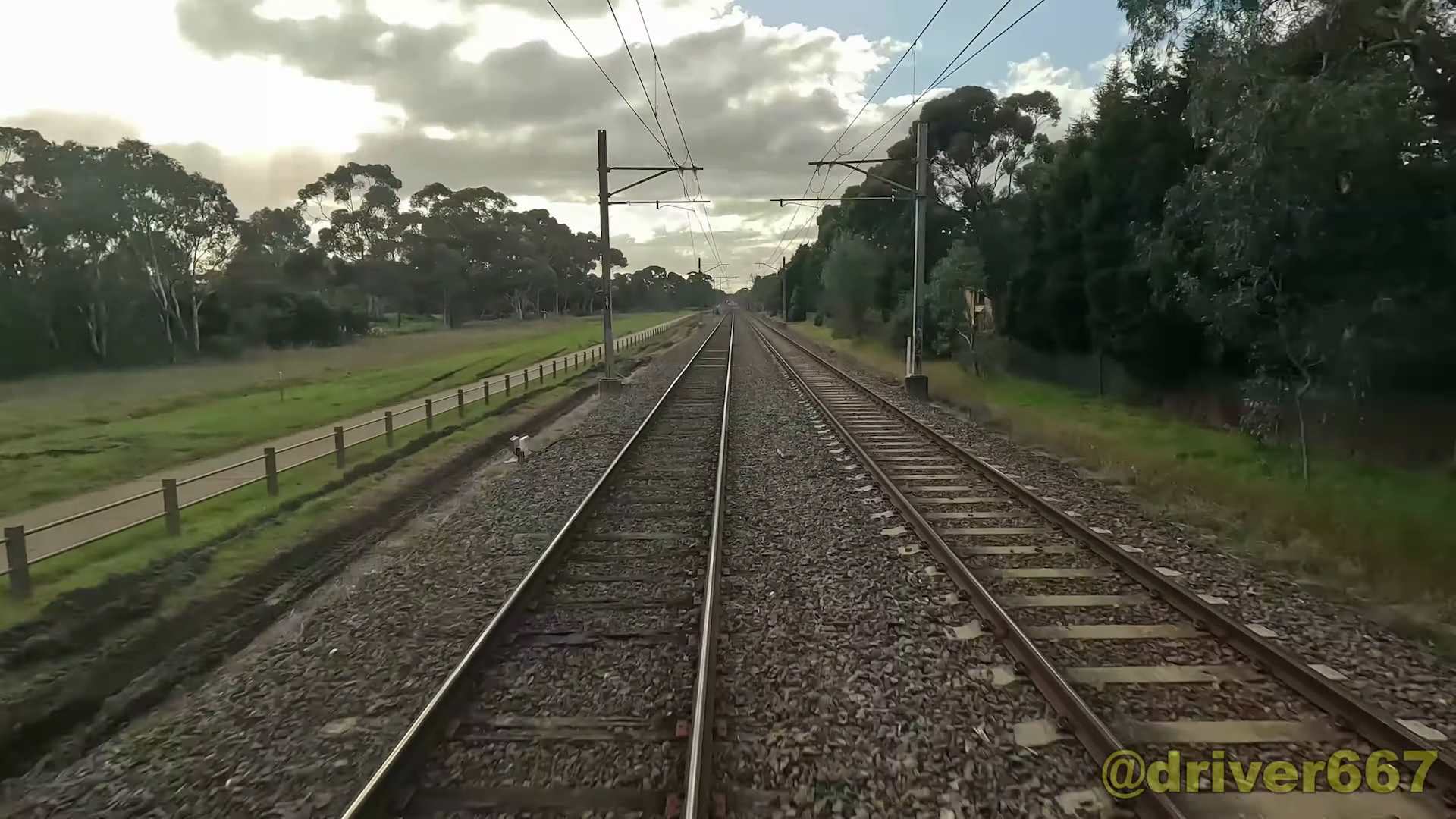
Anyway, forgive the rambling and nerdy post. I’ve have a fascination in these electrical systems and I always find such factoids interesting. Probably helps that finding this out offsets the negative feelings I got from spending all evening watching YouTube.
-
I’m still recovering from a cold, or at least thats the excuse I’m going with. ↩︎
🔗 LMNT: I’ve Got Better Things To Do Than This, and Yet
It’s one thing for QuickTime UI to “get out of the way.” Please, do. I’m watching a video. I don’t need a big honkin’ pause button in the middle of the window, you know? But wait a minute, why is there a big honkin’ pause button in the middle of the window anyway? That’s not how it used to be.
I don’t always agree with Louie Mantia but he’s absolutely right here. When did hiding UI or moving it out of various bars become synonymous of “getting out of the way of content”? Slapping UI over the content is not getting out of the way. In fact it’s the exact opposite.
I’m now fully on the train of code first, manual testing next, then unit tests last. It’s while the code is running in a larger system where you “feel” how best it should behave, and whether that behaviour needs to change in any way. You then use the unit tests at the end to lock that behaviour in.
Pretty impressive to see what’s possible with CSS nowadays. Viewing the page source is quite illuminating.
🔗 Search Engine Land: What 1,000 food blog audits has taught me about SEO
I’m wary about posts on SEO but I found this one discussing the techniques attempted by recipe bloggers quite interesting. In short: cargo cult thinking around SEO myths is resulting in many bad food sites.
Via: Pixel Envy
Released version 1.1.0 of Postlist. Featuring more sorting options, such as sorting by date or sorting in descending order:
<!-- Oldest to newest -->
{{< postlist order="date" >}}
<!-- From Z to A -->
{{< postlist order="alpha desc" >}}
See docs for details.
Started seeing Christmas in July signs go up. Wonder if that’s a thing in countries north of the equator. Something celebrated by Aussie expats who consider Christmas a summer holiday.
Suffering from a cold, I probably shouldn’t have gone in to work today. I’m sort of glad I did though as I had a pretty productive day. Got a release out to prod that’s been in the works for a few months that I’m really happy to see the back of.
It’s funny how much you crave comfort food when you’re sick. It’s like saying to your body “well, if you’re going to inflict all this pain, then I’ll show you. Here’s some empty calories.”
Here’s an idea to shake up code reviews: “review bombs.” A team member can post a review bomb which will start a countdown timer: say 30 minutes. Everyone else can either make a comment or approve it, which will stop the timer. If the timer reaches zero, the request will be auto merged.
Day 30: solitude
#mbjune

Today I’ve complete my 40th trip around the sun. I don’t have anything prepared for such an occasion. Maybe just read Annie’s birthday blog post. It’s good.
“Get out more” goal for June failed. ❌
I know, I know: my failures on this goal is ongoing. But being away from home for over two weeks this month, I’m giving myself a bit of a pass. But July. Let’s get this back on track in July.
Day 29: winding
Photo of my boss and I travelling down a winding road to the beach on Niue. Taken Aug 2014. #mbjune

Built a new Micro.blog plugin: Postlist.
Adds a short-code which will display a list of posts, optionally filtered to a specific category, and ordered either alphabetically or reverse chronologically. Similar to Bear Blog’s post macro, although not as fully featured just yet.
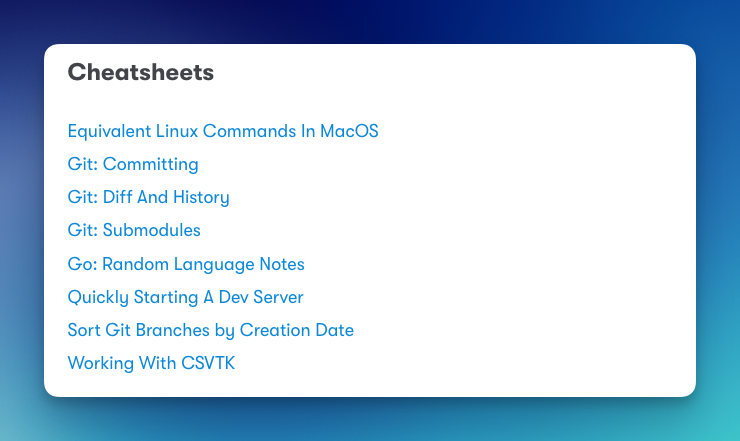
Day 28: ephemeral
Not a high quality photo today, but true to the prompt, it was the best one I could take of this stormy cloud formation before it slipped away from view. #mbjune

Got my kettle lid back. Dad did a great job.
